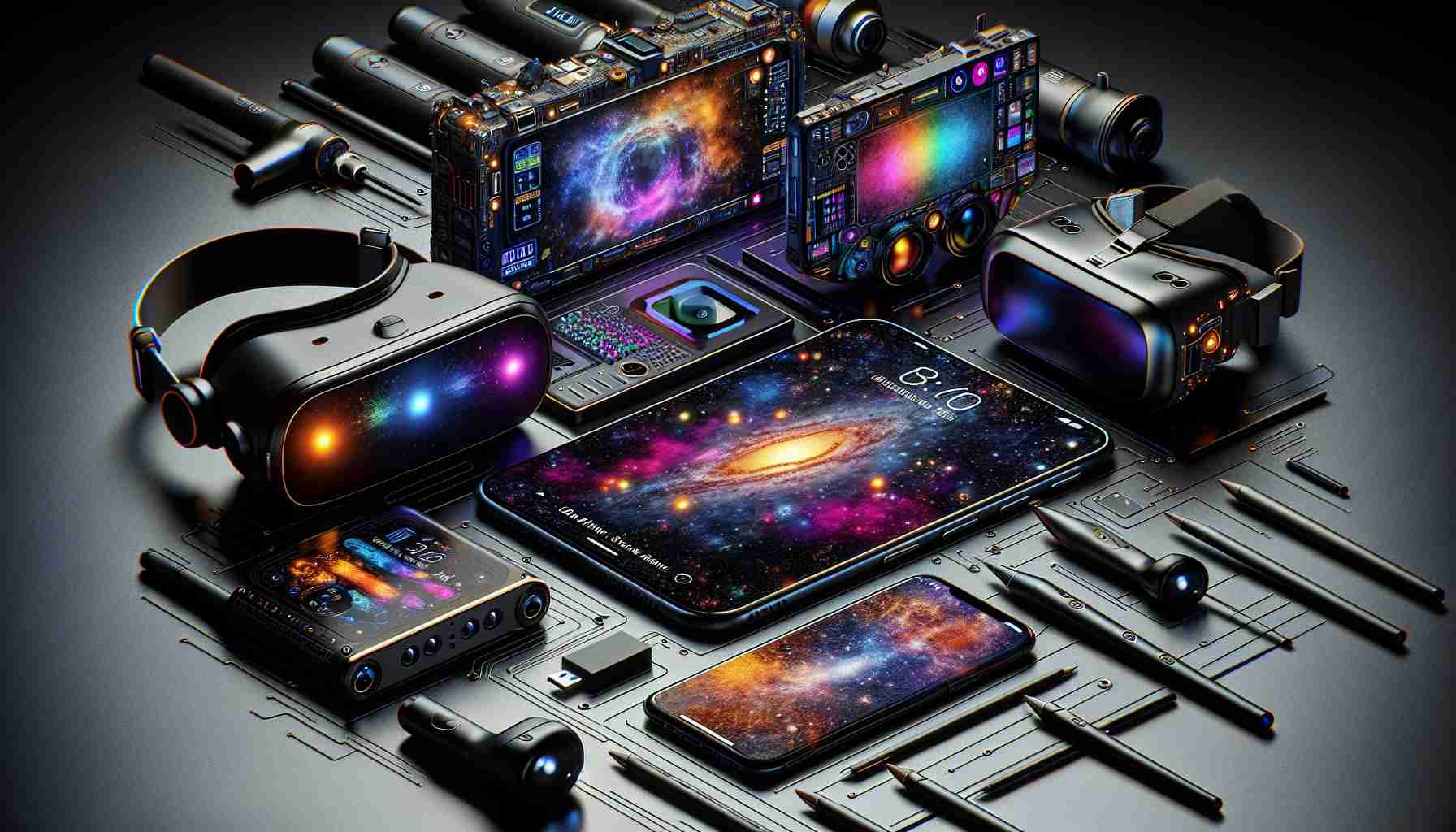Samsung is integrating cutting-edge OLED technology developed by Sony, specifically for use in its upcoming extended reality (XR) offerings. The decision signals an increasing demand for a dedicated leader in Samsung to manage the burgeoning semiconductor component technologies.
A key division of Samsung, the MX Business, is favoring Sony’s OLED on silicon (OLEDoS) for their XR projects over an in-house alternative by Samsung Display. This is indicative of the siloed operations among Samsung’s various branches, which include the MX and DS divisions, the latter being the hub for chip manufacturing.
The necessity of synergy between Samsung’s affiliates for technologies like microdisplays and glass core substrates is evident. However, an apparent lack of joint efforts is leading to redundancy and an inefficient use of company resources.
Samsung Display’s foray into OLEDoS and LED on silicon technologies, known as the M Project, began in late 2022. Despite their expertise and leadership in OLED production for devices like the iPhone, their recent setbacks highlight a missed opportunity to gain valuable production experience.
Concurrently, advancements in which glass replaces resin as the chief material in chip boards are ongoing. Samsung Electro-Mechanics spearheads these innovations while also exploring the possibility of employing glass over silicon for its superior chemical resilience, already proven in certain medical devices. This exploration anticipates future practices where Samsung’s extensive capabilities could synergize to produce specialized glass-based chip packages and interposers.
The partnership between Samsung and Sony for OLED technology reflects a trend in the tech industry where companies are willing to collaborate to leverage each other’s strengths. Sony’s OLED technology is renowned for its high-quality display characteristics, including better contrast, faster response times, and potentially thinner device profiles. These attributes are especially critical for XR devices where immersive experiences depend on high-resolution, high-fidelity visuals. Moreover, Sony’s expertise in camera sensors and other components necessary for XR devices complements Samsung’s ambition in this field.
Samsung’s decision to utilize Sony’s OLEDoS technology despite having its own OLED capabilities raises questions about the efficiency of collaboration within the company and its strategic business decisions. Samsung is known for its capability to produce high-quality OLED displays, which are used in a variety of applications including smartphones, tablets, and televisions. However, the adoption of technology from an external provider such as Sony can streamline the development process of new products and potentially lead to better-performing devices.
An important question regarding Samsung’s approach would be:
Why is Samsung choosing Sony’s technology over developing its in-house technology?
The potential answer could revolve around Sony’s OLED technology possibly being better suited for the particular demands of XR applications. It might offer advantages that Samsung’s current technology does not, or it could simply be a faster route to market for Samsung’s XR ambitions.
Key challenges associated with Samsung’s decision include:
– Ensuring technological compatibility between Samsung’s hardware and Sony’s OLED displays.
– Potential dependency on Sony for critical components, which could affect production timelines and innovation agility.
– Integrating the third-party technology without undermining Samsung Display’s own OLEDoS and LED on silicon initiatives.
The main advantage of using Sony’s technology is gaining a competitive edge in the rapidly growing XR market by utilizing proven, advanced displays. This enables Samsung to focus on other aspects of device development and potentially shorten the time-to-market.
Conversely, the disadvantage is a possible internal conflict or inefficiency since Samsung Display’s similar projects may be sidelined. There may also be concerns about sharing proprietary information or market dependence on an external company’s technology.
For further information, readers could visit the main websites of the companies involved to learn about their technology and ventures:
– Visit Samsung
– Visit Sony
In conclusion, Samsung’s strategic partnership with Sony could signal a significant step towards realizing a strong presence in the XR market, provided they properly address the internal coordination and market dependency concerns.
The source of the article is from the blog elektrischnederland.nl
